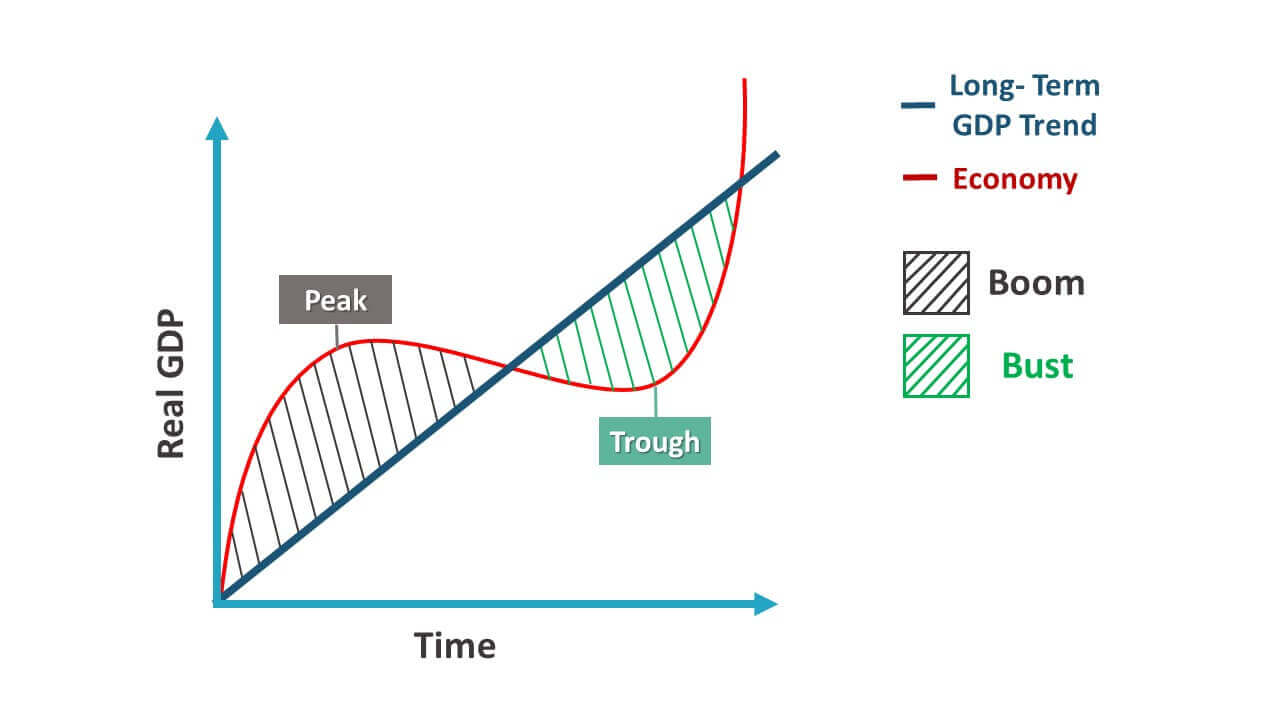
The Latest Unreal Engine and UEFN Updates!
Continue reading "The Latest Unreal Engine and UEFN Updates!"
The Game Developers Conference (GDC) 2023 kicked off with an impressive turnout, signaling a return to pre-pandemic levels of attendance. This resurgence highlights the industry's resilience and sets the stage for a day filled with valuable insights and data. As we delve into the current state of the gaming industry, it's crucial to understand the values that drive success. With a focus on longevity, opportunity, and enjoying the game, let's explore key trends and actionable insights to propel your business forward.
Macroeconomics indeed plays a pivotal role in shaping the gaming industry. The bus-boom cycle, which encompasses periods of growth and subsequent decline, has significant implications for businesses operating in this sector. Understanding this cycle is crucial for companies seeking stability and long-term success.

During economic downturns, when the overall economy experiences a slowdown, gaming companies often face challenges. Consumer spending tends to decrease, and the availability of capital becomes limited. In such times, companies in the gaming industry typically shift their focus to defending their profit margins, finding new revenue streams, and making their operations more efficient and profitable.
One of the effects of economic downturns is the increased cost of money. Financing options may become more expensive and difficult to obtain, increasing the emphasis on generating internal funds. As a result, gaming companies may need to prioritize investments that are more likely to provide steady revenue and profitability in the short term.
Throughout history, major technological advancements have coincided with the bus-boom cycles, revolutionizing the gaming industry in significantly. The introduction of personal computers, the internet, and smartphones, among other innovations, has transformed the landscape of gaming, expanding the player base and opening up new market opportunities.
The advent of personal computers brought gaming experiences to a wider audience. In the early days, PC gaming was primarily enjoyed by enthusiasts and hobbyists, but as technology advanced and prices became more affordable, PCs became accessible to a broader range of consumers. This expansion of the player base fueled the growth of the gaming industry and created a larger market for developers and publishers to cater to.

The internet was a game-changer for the gaming industry, enabling multiplayer experiences and online connectivity. With the rise of high-speed internet access, players could connect with each other from different locations and engage in multiplayer gaming, cooperative gameplay, and competitive eSports. Online distribution platforms also emerged, allowing developers to directly reach consumers and distribute games digitally, bypassing traditional retail channels. This shift democratized game distribution and empowered independent developers to release their games to a global audience.
The proliferation of smartphones and mobile devices further accelerated the growth of the gaming industry. With the advent of powerful smartphones, gaming became more portable and accessible than ever before. Mobile gaming attracted a new segment of casual gamers, expanding the player base even further. The availability of app stores and the rise of free-to-play games with in-app purchases introduced new revenue models and monetization strategies for developers.
Importantly, these technological advancements did not replace previous gaming platforms but instead built upon them, fostering continuous growth and engagement. While consoles, PCs, and mobile devices coexist, they cater to different segments of the market, offering unique gaming experiences. This diversity of platforms and technologies has contributed to the resilience and expansion of the gaming industry as a whole.
Moreover, technological advancements continue to shape the gaming industry. Virtual reality (VR) and augmented reality (AR) technologies are gaining traction, offering immersive and interactive gaming experiences. Cloud gaming, powered by advancements in streaming technology, allows players to access games instantly and play them across various devices without the need for high-end hardware. These emerging technologies have the potential to reshape the industry once again and drive future growth.
As we find ourselves in the early 2020s, amid concerns of a potential recession and fluctuating interest rates, the gaming industry remains resilient. To navigate the current landscape successfully, businesses must adapt their practices and capitalize on emerging trends. Here are a few key insights to consider:
1. Defend Your Margins: During busy periods, prioritize protecting your margins by reducing unnecessary costs and optimizing resources. Consider incremental ways to generate revenue and explore untapped opportunities.
2. Shift Business Models: Embrace new business models that align with disruptive technologies. Be proactive in identifying emerging trends and tailor your strategies accordingly, ensuring your company remains relevant and agile.
3. Access to Capital: Understand the investment thesis of potential partners or collaborators. Seek partnerships with companies that have pursued profitable growth, as they are more likely to weather economic downturns and provide stability.
4. Embrace Innovation: Bus periods serve as a catalyst for innovation. Embrace this opportunity to explore new ideas, products, and services that can help your business thrive. Focus on creating value for your target audience by leveraging technology and consumer trends.
The gaming industry has experienced various bus-boom cycles throughout history, each accompanied by technological advancements and new market opportunities. By understanding the macroeconomic landscape, recognizing the historical patterns, and leveraging the insights presented at GDC 2023, businesses can navigate the current era successfully. Embrace innovation, adapt your business models, and maintain a focus on defending margins and capitalizing on emerging trends. As the industry evolves, so must your strategies to ensure longevity, seize opportunities, and above all, enjoy the game.